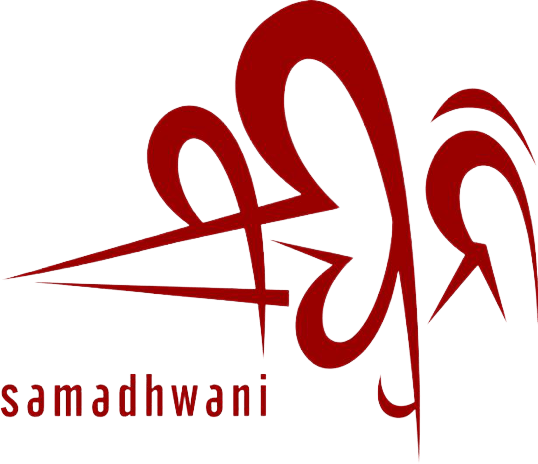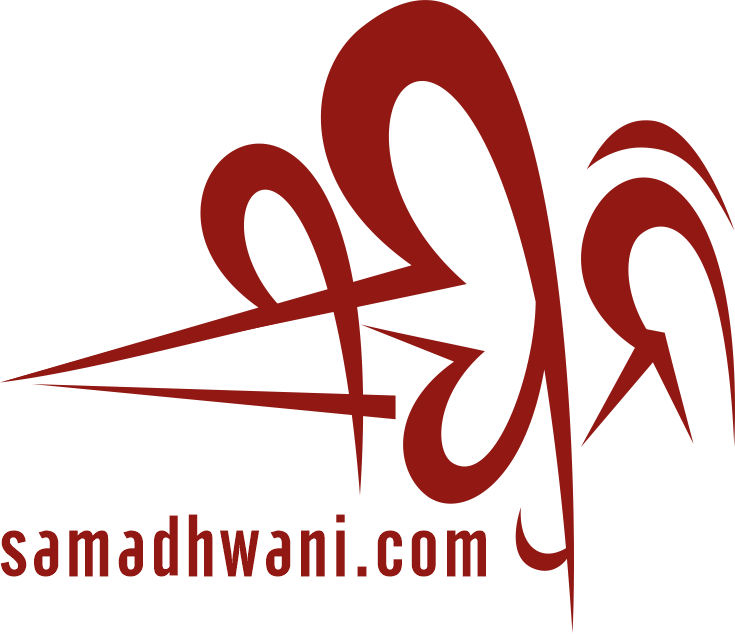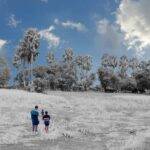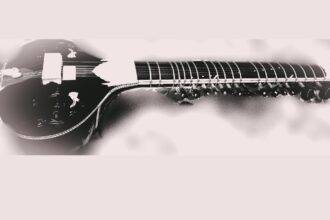A conversation veered towards the sharing of the culture between Indian And Pakistan took an intriguing turn, shining a spotlight on the esteemed Ustad Rais Khan Sahab. As I delved into this topic, it unfolded into a captivating exploration of the musical legacy and cultural exchange that binds these nations together. Ustad Rais Khan stands as a bridge between two nations, India and Pakistan, his sitar strings transcends borders. With each stroke, he carries the rich heritage of both lands, a melodic testament to the shared roots that run deep beneath the surface of political divisions. Ustad Rais Khan’s sitar becomes a vessel, sailing through the currents of raagas that echo the ancient melodies of the Indian subcontinent. His nimble fingers dance on the strings, evoking the spirit of classical ragas that have been passed down through generations. The resonance of his music whispers the stories of an ancient civilization, a heritage that knows no boundaries.
Rais Khan, born in Indore, British India, into a Pashtun family that spoke Urdu, spent his childhood in Bombay. In 1986, he made the decision to shift to Pakistan. Ustad Rais Khan belonged to the Mewati Gharana, a lineage known for its vocal-style instrumental playing. Musicians belonging to this gharana often strive to emulate the nuances and expressions of human voice in their instrumental performances. This Gharana, founded by Ustad Ghagge Nazir Khan, emphasized the emotive qualities of music, and its influence played a crucial role in shaping Khan’s classical approach on the sitar. Growing up in a family of musicians and being exposed to the classical music traditions in India, Ustad Rais Khan inherited a strong foundation. He immersed himself in the intricacies of ragas and talas, mastering the classical nuances that form the backbone of his musical expression. While rooted in tradition, Ustad Rais Khan was also a pioneer in experimenting with new ideas and techniques. He brought a fresh perspective to his music, incorporating innovative elements without compromising the essence of classical traditions. This willingness to explore and push boundaries contributed to the unique flavor of his style.

Ustad Rais Khan’s unique style involved emulating the nuances of vocal music on the sitar. This approach, known as the “gayaki ang” or vocal style, brought a distinct expressiveness to his playing. His sitar seemed to sing, capturing the emotive qualities typically associated with classical vocal performances. Khan’s mastery of the technical aspects of sitar playing was exemplary. His dexterity and precision in handling the music, intricate use of meend , and agile fingerwork set a standard for technical excellence in sitar performance.his innovative approach to compositions. He introduced new elements and experimented with blending traditional ragas with contemporary influences. This willingness to push the boundaries of classical music expanded the horizons of sitar playing. His innovative approach to compositions. He introduced new elements and experimented with blending traditional ragas with contemporary influences. This willingness to push the boundaries of classical music expanded the horizons of sitar playing.
Born in India and later becoming a citizen of Pakistan, Ustad Rais Khan served as a cultural ambassador bridging the musical traditions of both nations. His music transcended borders, promoting a sense of unity and shared heritage between India and Pakistan.Ustad Rais Khan was not bound by rigid musical boundaries. He embraced innovation and experimented with fusing traditional Indian classical music with elements from other genres. His openness to exploration contributed to the evolution of sitar playing and expanded the horizons of classical music.He played sitar for various film scores and soundtracks. His mastery of the instrument added a classical and melodic dimension to the compositions, enriching the musical tapestry of Bollywood films. Ustad Rais Khan collaborated with renowned composers in the film industry. His sitar playing was often featured in compositions that required the infusion of classical elements, contributing to the cinematic experience. While not as extensively recognized in the mainstream film industry as some playback singers or composers, Ustad Rais Khan earned appreciation for his contributions to film scores. His sitar playing contributed to the immersive and emotive quality of the music in the films he was associated with.
Ustad Rais Khan’s sitar becomes a vessel, sailing through the currents of raagas that echo the ancient melodies of the Indian subcontinent. His nimble fingers dance on the strings, evoking the spirit of classical ragas that have been passed down through generations. The resonance of his music whispers the stories of an ancient civilization, a heritage that knows no boundaries. In the delicate interplay of sitar strings, Ustad Rais Khan embodies the unity of diversity. The intricate patterns he weaves mirror the cultural intricacies of both India and Pakistan, celebrating the shared history that binds them together. His music is a living testament to the idea that despite the divisions on maps, the language of melody remains universal.
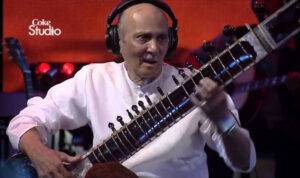
His mastery over the sitar not only showcases technical prowess but also serves as a vessel for emotive expression, infusing the Ghazal genre with a distinct and profound touch. One remarkable testament to Ustad Rais Khan’s musical prowess lies in the enchanting collaboration with Ustad Zakir Hussain and Hariharan, captured magnificently in their album. The resonant echoes of his sitar reverberate with a profound resonance, adding layers of depth and emotion to the melodic landscape of Ghazal.In the collaborative symphony with Ustad Zakir Hussain and Hariharn, the union of classical expertise and emotive storytelling reaches new heights, resulting in an album that not only captivates the ear but also resonates deeply with the heart.
Ustad Rais Khan’s legacy is not merely in the tunes he plays but in the cultural bridge he builds. His sitar resonates with the shared memories, joys, and sorrows of a people intertwined through time. In every performance, he invites listeners to embrace the beauty of a heritage that belongs to both nations, inviting them to partake in a musical journey that transcends borders and unites hearts.
